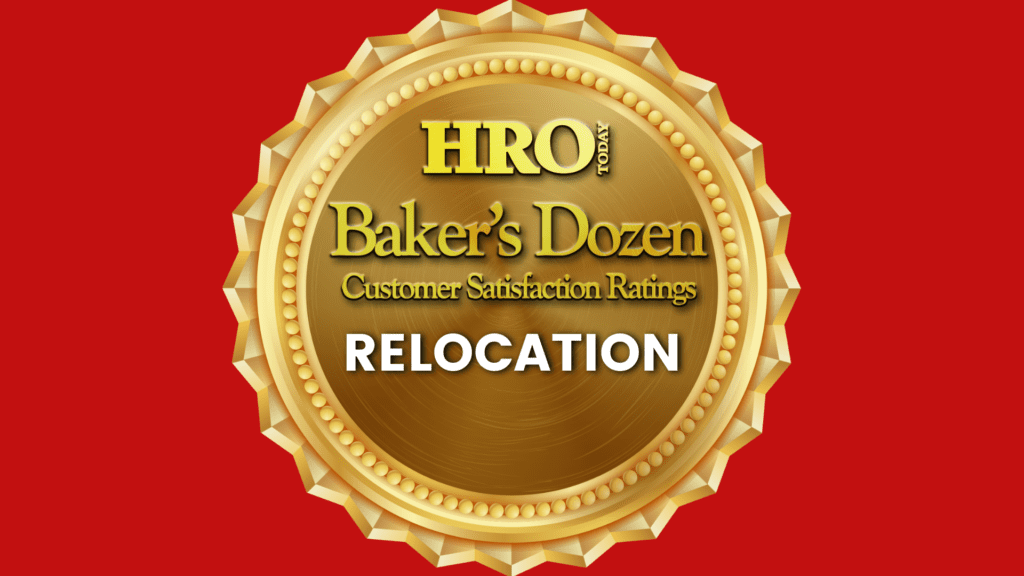A new industry report finds corporate relocation revenue to increase at an annualized rate of 5.6 percent over the five years.
The employee relocation services industry is expected to experience growing demand for their services as real estate values continue to rebound and corporations increase their hiring rates, resulting in more lucrative, corporate relocations, according to new report, Employee Relocation Services in the U.S., from IBISWorld. Rising corporate profit and stronger growth in the real estate sector will cause greater expansion in the industry, with revenue projected to increase 7.3 percent in 2015. As a result of improved demand, IBISWorld anticipates that industry revenue will increase at an annualized rate of 5.6 percent over the five years to 2019 to total $16.4 billion. Because this growth will come after several years of decline, revenue is not anticipated to reach prerecession levels until after 2019.
Despite improved demand for services, establishment numbers are projected to only increase at an average of 1.8 percent annually over the next five years. Establishment numbers typically lag behind changes in market conditions because it takes time for potential new operators to make certain that improved conditions are sustainable. As demand picks up, firms are also anticipated to hire more workers. From 2014 to 2019, industry employment is forecast to increase at an annualized rate of 3.6 percent. Industry employment is projected to outpace company growth as businesses increasingly consolidate and hire new workers to meet rising demand. The high level of competition in this industry will ensure industry profit stays lean, but rising demand for industry services and more home purchases and sales (and the higher margins those services provide) are anticipated to result in slightly higher average industry profit margins of 4.7 percent by 2019, compared with 3.7 percent in 2014.
Over the five years to 2019, IBISWorld projects that home sales will rebound at an annualized 6.6 percent to 7.6 million. Demand from buyers is expected to strengthen as families take advantage of the lowest prices in several years. The recovery will be aided by the Federal Reserve’s commitment to low interest rates, which will flow through to mortgage rates and aid the affordability of homes until at least 2015. Furthermore, as unemployment falls and incomes rise, more Americans will become eligible for mortgages and consider buying instead of renting. This will increase the number of relocations that involve a home purchase or sale, which are much more lucrative for industry firms. This will be one of the largest drivers of industry revenue growth during the next five years. Rising home sales (and a growing number of relocations involving home sales and purchases) will also be driven by rising home values. IBISWorld forecasts that house prices will return to growth between 2014 and 2019, as demand improves in stride with higher income growth, falls in unemployment and stronger consumer sentiment. However, IBISWorld does not project sales to resume their prerecession pace in spite of these positive trends. This is because the prerecession level of activity was fueled by unsound lending practices and an unreasonable belief in ever-rising prices. The memory of the deepest recession since the Great Depression should prevent these factors from resurfacing and fueling another bubble.
Rising corporate profit levels will provide companies with the funds necessary to finance employee relocations and justify expanding their workforce. IBISWorld projects that corporate profit will grow at an average annual rate of 3.9 percent during the next five years. Slowly rebounding demand and loosening credit conditions will likely drive growth. Furthermore, with productivity at an all-time high, further gains will not likely be made through this avenue, and companies will be forced to hire additional employees to increase revenue and profit. The sharpest gains in revenue are expected to occur over the next two years as the U.S. economy continues to recover from the recession, and low interest rates and rising confidence promote growth.
Growth is then expected to slow as companies reduce their investment in new staff and seek consistent and continued expansion over rapid gains. Additionally, the retirement of the baby boomer generation, the largest age group in the United States, will temper the natural growth of work force size toward the end of the forecast period.
This will cause the growth experienced due to economic recovery to level off in 2017 and beyond. Over the five years to 2019, aggregate employment will grow 1.5 percent per year on average. As economy-wide employment increases, it will also increase the number of employee relocations that will take place. With a more competitive labor market, employers will increasingly have to rely on relocating existing employees or hiring and moving new employees simply to meet their needs.
Industry operators in the United States are also expected to benefit from an improving world economy and expansion into foreign markets. Many firms are increasing their number of international offices to attract more foreign talent into the United States as well as export U.S. workers. As U.S. companies become increasingly globalized, relocation service firms are expected to benefit from companies relocating employees with experience in foreign markets due to the higher price tag on international transfers.
The above is an excerpt from IBISWorld’s report Employee Relocation Services in the U.S. View the full report at http://www.ibisworld.com/industry/employee-relocation-services.html.














